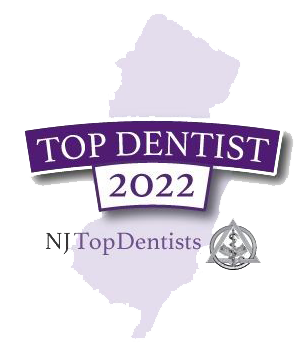Migraines account for 20% of all headache pain, and usually occur in the front of the head on one or both sides of the temples. Migraine headaches with aura, the Classic Migraine, are used to describe the neurological symptoms prior to the onset of an actual migraine headache. 60% to 80% of all migraine sufferers have the onset of a migraine without aura; however those with the onset of a migraine with aura can experience both visual and nonvisual disturbances. Visual disturbances can include seeing wavy images, having hallucinations, seeing zigzag lines or lights around objects. Nonvisual disturbances can include being dizzy, having speech difficulty and numbness or tingling in parts of the body.
The most common form of migraine is the migraine without aura, referred to as the Common Migraine. Common Migraine sufferers can experience symptoms several days before the onset of a migraine including: feeling irritable, having nausea and vomiting, becoming sensitive to light and sound, paleness or reddening of the face, to the onset of a dull headache that becomes increasingly more painful leading to a migraine.
Migraines can be quite debilitating and may affect your ability to function properly. Triggers of migraine headaches can include everything from genetics to environmental factors. Migraines usually start during childhood and then worsen through adolescence and adulthood; lessening after middle-age. However, many migraines suffers often get misdiagnosed and may be suffering from a common form of headache called the TMJ Headache or TMD Headache.
The TMJ/TMD headache occurs when the muscles in the face, head, and neck become strained, and blood flow becomes restricted. As this occurs, our bodies will attempt to send more blood to the area, which increases blood pressure. This can cause a very painful feeling of pressure around the head, also called a vascular headache. Signs and symptoms of a TMJ Headache include having sensitive or sore teeth often caused by clenching and grinding of the teeth, soreness in the jaw muscles or jaw joints, facial pain, ringing in the ears, restricted movement or locking of the jaw, and/or clicking and popping of the jaw. TMJ/TMD Headaches often cause pain in the neck and shoulder area in addition to the head.
If you or a loved one maybe suffering from a TMJ Headache or TMJ Migraine, please contact the Headache & TMJ Center of New Jersey today at 855.TMJ.DOCS or 855.865.3627 for a complimentary consultation.
The Headache & TMJ Center of New Jersey located in West Orange, New Jersey treats patients all over New Jersey from Short Hills, Livingston, Millburn, Summit, to patients from Milford, Clifton, Paramus, Fair Lawn, Elizabeth and Toms River.

